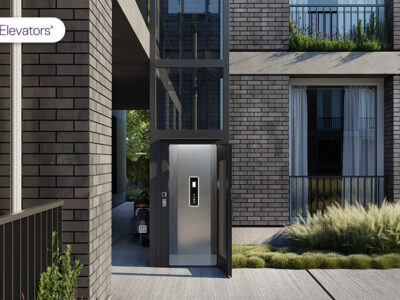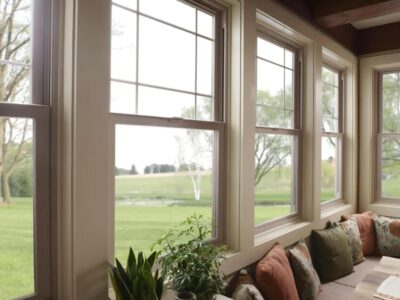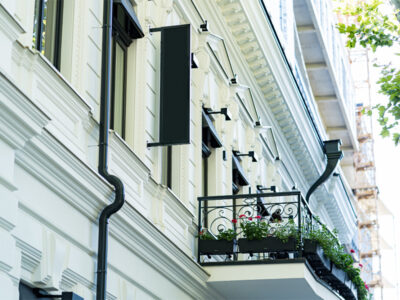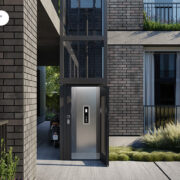Our homes serve as havens, offering comfort and security as we go about our daily routines. However, they are frequently exposed to moisture from external sources and indoor activities such as cooking, showering, and doing laundry, all of which elevate humidity levels.
What is the recommended humidity level within a home? Typically, it is advisable to maintain indoor humidity between 30% and 60%, although this may vary based on the local climate. Deviations from this range can adversely affect both the interior and exterior of the home.
What kinds of damage can result from excessive moisture? Elevated humidity can foster the growth of mold and mildew, which flourish in moist and warm conditions. If uncontrolled, this can cause significant harm to walls, floors, and furnishings.
The presence of mold and mildew can also present serious health hazards, including respiratory issues, allergies, and other medical conditions for the inhabitants. Additionally, high humidity levels can attract pests such as cockroaches and dust mites, which can further exacerbate health problems.
What measures can be taken to manage or prevent high indoor humidity? It is essential to identify and rectify any moisture sources, such as leaking roofs, defective plumbing, insufficient ventilation, or poor insulation. Using dehumidifiers to lower environmental moisture and applying effective vapor barriers in areas like under floors, crawl spaces, or attics can help manage humidity levels.
Maintaining proper indoor humidity is crucial for the comfort, health, and structural integrity of our homes. For more detailed guidance on managing home moisture, refer to the detailed infographic below.

Infographic created by ISI Building Products, Offering High-Performance Crawl Space Encapsulation Vapor Barrier to Enhance Appearance and Protection










Comments